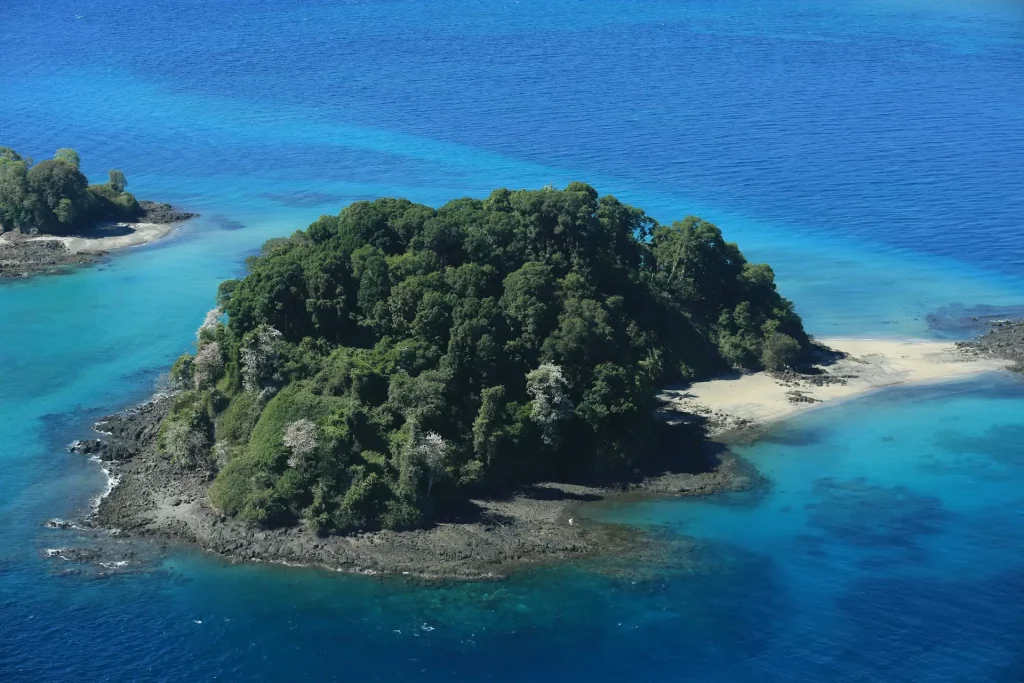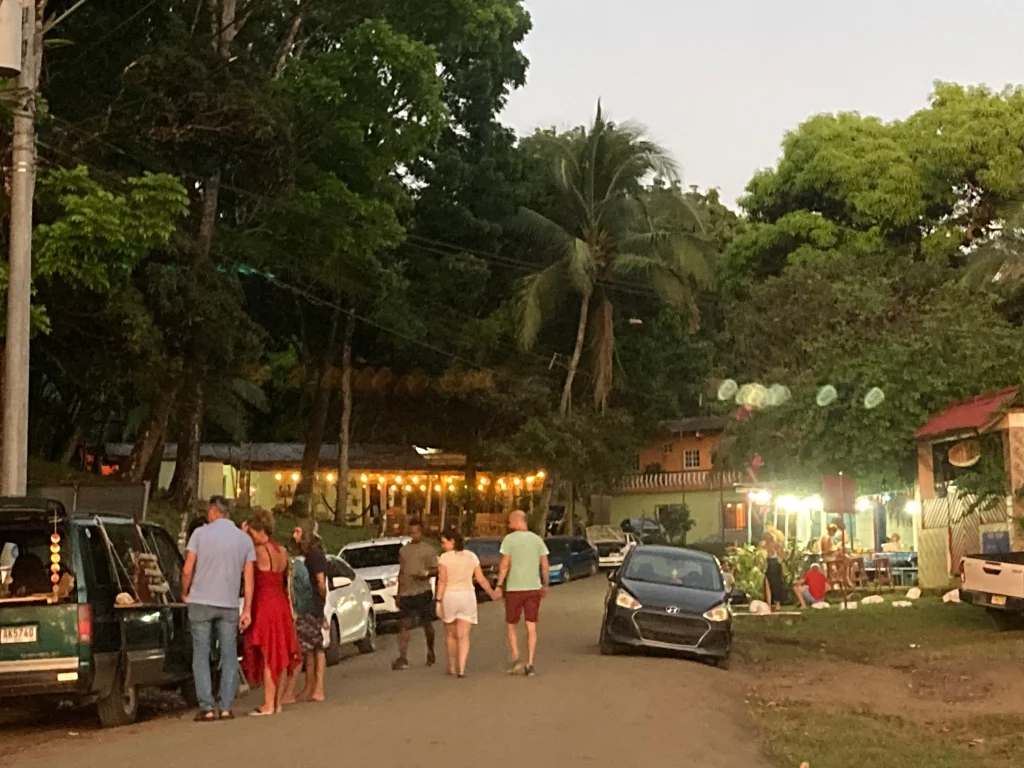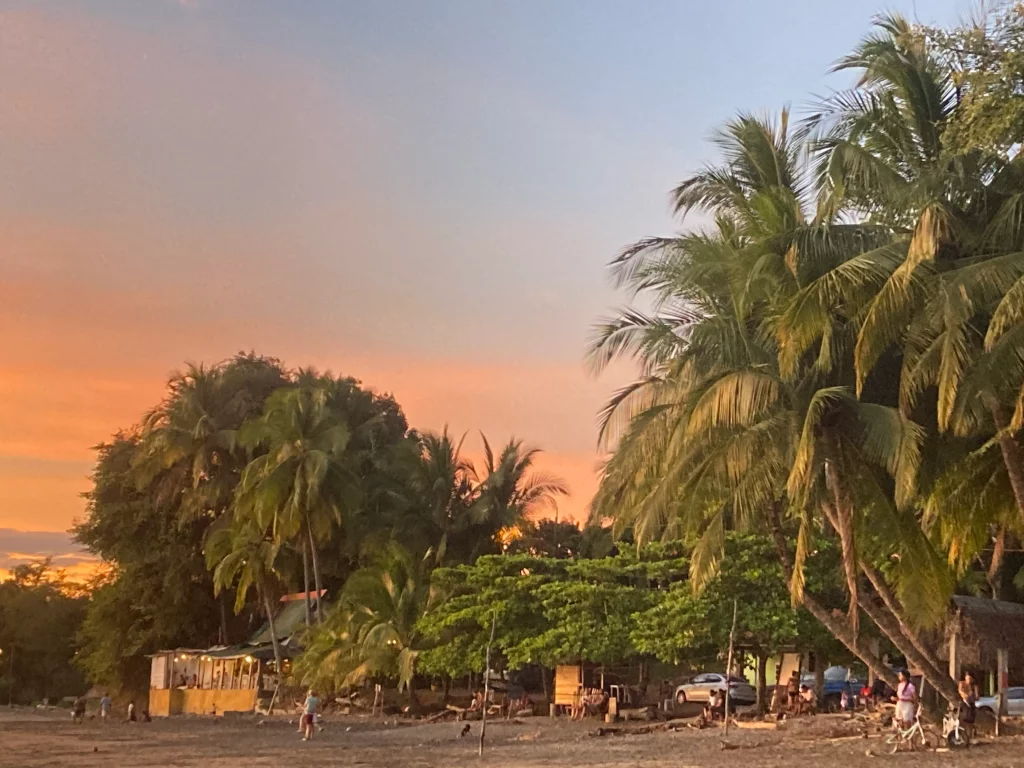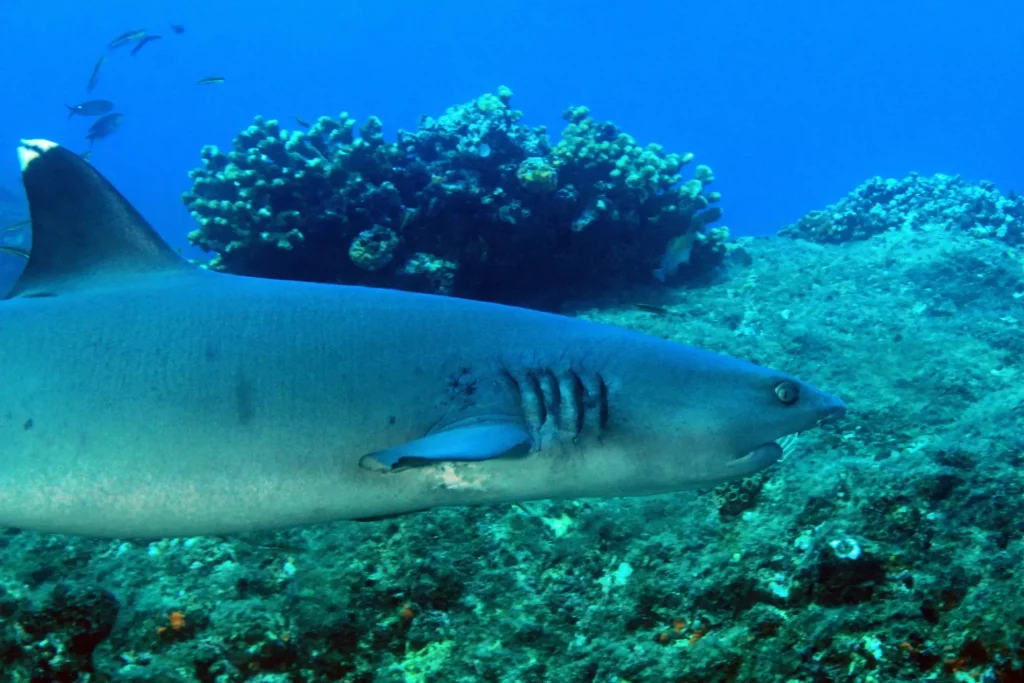Getting to Know Coiba Island

Coiba National Park and its Special Zone of Marine Protection are hidden gems in the Pacific Ocean off the coast of Panama in the western sector of the country. This little-known island has rich biodiversity and squeaky-clean beaches, making it a place worth visiting for nature enthusiasts and adventurous people.
It is the last asylum for several endangered and extinct animals, such as turtles and crested eagles. Coiba Island supports 760 species of marine fishes and turtles, as well as 33 species of sharks and 20 species of whales and dolphins. Worth mentioning is that The Coiba International Park was declared a World Heritage site by UNESCO in 2005 to conserve the last hope of marine animals.
Coiba Island has a significant historical significance. From 1919 to 2004, the island served the role of a notorious panel colony where the most dangerous criminals of Panama were held. The prison facilities have been abandoned since 2004 and now serve as a reminder of the island’s dark history.
Along its entire coastal perimeter, Isla Coiba offers many tourist attraction sites such as beaches, diving, and fishing. The island features a diverse flora and fauna to catch the eyes of nature lovers. With its beautiful sands, transparent water, and the nesting of turtles in the beach areas, it is the best place you can visit on vacation. It also offers you scuba diving services.
Coiba Island holds extensive mangrove forests and coral reefs that help it provide a manifold marine environment for every organism living here.
How to Get to Coiba Island from Panama City
To visit the island, you must obtain permits from the Ministry of Environment. The Coiba National Park can be reached by flying from Panama City to Santiago, which can take up to 20 minutes. By road, this journey can be completed in approximately five hours. Once you have reached Santiago, you can take the road to Puerto Mutis to travel by sea to the island. The time required to reach the island may vary depending on the weather conditions and the type of boat you are using.
Due to the remote location of Coiba Island, planning a journey requires careful consideration. Some tips and tricks include
- Consider the right weather and choose a favorable time for visiting Coiba. Generally, dry seasons are highly recommended due to better visibility and calmer sea factors.
- Make sure that there is sufficient time left for your passport expiration. You should also check the visa requirements for Panama to make the necessary arrangements.
- The best way to explore the entire Coiba can be an organized tour under the supervision and guidance of a reputable tour operator. In this way, you will get to essential and precise locations that can be economical and time-saving simultaneously.
Can You Stay on Coiba Island, Panama?
While Isla Coiba provides many services to tourists, it is not allowed to stay overnight there. There are several reasons behind that, as Coiba Island is home to many endangered species and has unique ecosystems. Authorities restrict tourists’ overnight stays to protect them and preserve the island’s natural beauty. Besides this, it is also an important site for scientific research. No human presence at night helps researchers study natural processes and behavior without interference.
Staying on Coiba Island may not be allowed, but many accommodations are available near Santa Catalina. Accommodations in Santa Catalina are diverse. You can find many luxurious hotels, well-appointed condos, charming cottages, lavish vacation rentals, and well-furnished camping spots in Santa Catalina for accommodation.


Exploring the Wonders of Coiba National Park
Coiba National Park and the island are capable of making your tour a memorable one. It contains almost 38 islands, each with dazzling beauty and charm. Isla Coiba never disappoints visitors and mesmerizes them with its natural beauty. You can visit and do many places and activities while you stay there.
Some mentionable diving sites are
- Sueño del Pescador (Fisherman’s dream), Brincando Island
- Punta Peligro (Danger Point), Uva Island
- Punta Faro (Lighthouse Point), Afuera Island
- Wahoo Rock, Afuera Island
- Iglesia, Rancheria Island
Regarding activities, Isla Coiba is at the top of the leaderboard, providing stunning activities and experiences to tourists. You can explore the vibrant underwater world that surrounds the island.

Coiba also offers exceptional diving and snorkeling opportunities, diverse coral reefs, colorful and tranquil marine life, and the fortune to encounter sharks and other rare fish species. To witness the grandeur of whales, the season unfolds from July to October when these gentle giants grace the waters near Coiba Island. During this period, they grace the Coiba island with their presence, and they breed their young ones in warm waters,
Coiba is also a renowned fishing destination and a designated important bird area. Here, you can join a fishing excursion to catch a variety of fish species and also enjoy watching birds like parrots, toucans, and seabirds.
How to Get from Santa Catalina to Coiba
The distance between Santa Catalina and Coiba Island is 4373 km, and it takes approximately 16 hours to get from Santa Catalina Island to Coiba, including transfers. You must arrange a boat or join a boat tour to get to Coiba from Catalina. Usually, boat drivers set their rates based on the destination you want to reach because Coiba is larger than Barbados. Coiba has no amenities, so tour operators will advise you to bring food, water, and medication if necessary.
It is beneficial for the tourists to research beforehand as Coiba National Park requires a permit. The National Authority manages Coiba National Park for the Environment ( Autoridad Nacional de Ambiente, ANAM), and you can access the park only if you have a permit from ANAM. The entrance fee to the national park contributes to the conservation efforts on the island, which preserve the ecosystem and marine life.
Conservation Efforts and Visitor Guidelines
The Isla Coiba provides visitors with serenity due to its rich biodiversity and natural beauty. The UNSECO has announced many conservation efforts to save this natural heritage that is the essence of our environment.
Regular research and monitoring are conducted to understand the ecosystem and marine life to prolong and maintain the island’s natural landscape and marine life.
Some guidelines that visitors can adopt during their stay are;
- Obtain your permits from the designated authorities to protect yourself from any hindrances during your visit.
- Explore Coiba island with the help of knowledgeable tour guides and follow only the designated roots for transportation.
- Leave no trace during your stay at Coiba. Do proper littering and save the island environment from any trash.
- Maintain a safe distance from the wildlife and do not disturb their peace; it may result in heavy fines charged by the administrative authorities.
- Follow safety guidelines when on boats. Abide by regulations to protect both visitors and the marine environment.
Conclusion
Our environment is having difficulty dealing with industrial wastes and pollution that are significant contributors to global warming and ozone layer depletion. The Coiba island is a sign of hope as it has an unparalleled natural allure and charm. Rich biodiversity, scuba diving, diverse wildlife, and clean beaches are all associated with the name of the islands of Panama, specifically the Isla Cobia.
Isla Coiba is the dream destination for every nature lover and enthusiast keen to explore many creatures quickly in the same place. While many tourists visit this island, one should remember to adopt the basic guidelines to maintain the beauty and sustainability of the premises.
